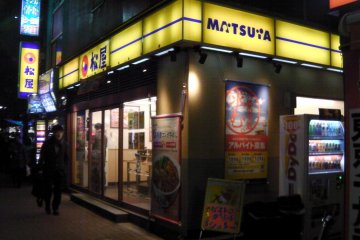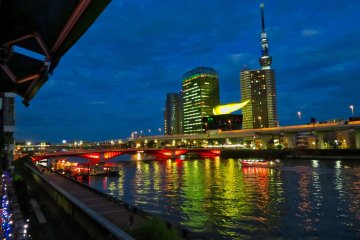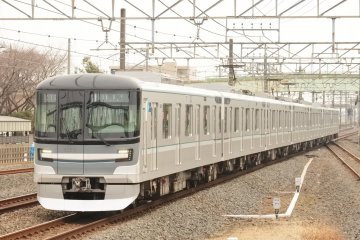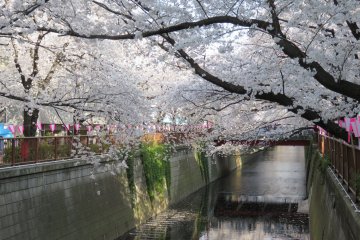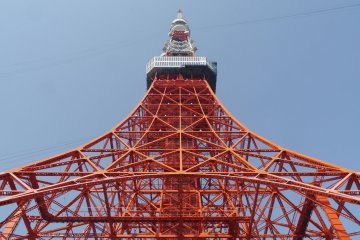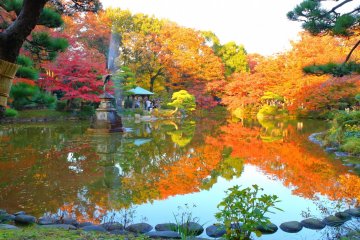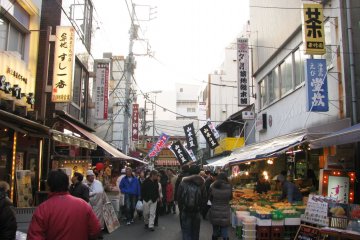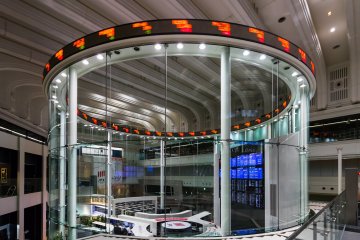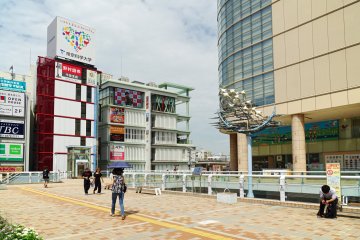Overview
One of Tokyo's oldest subway lines, the Tokyo Metro Hibiya Line begins at Nakameguro station in the south-west before moving across central Tokyo and ending at Kita-senju Station in Tokyo’s north-east. The line's twenty-two stations run from chic, stylish neighbourhoods, political & administrative centres and all the way through to historical areas and blue collar suburban districts. Here is a simple guide to the line's stations and places to visit along the way.
Nakameguro, Ebisu, Hiroo
Nakameguro station is cherry blossom heaven with its picturesque Meguro River and trendy cafe and dining culture. Ebisu station takes you the superb Tokyo Photographic Art Museum while Hiroo station and its large expat community is also home to the idyllic Arisugawa no Miya Park.

Roppongi, Kamiyacho, Toranomon Hills
Roppongi station and its upscale nightlife is also home to the famous National Art Center while Kamiyacho station's Shiba Park hides temples, ancient tombs and the iconic Tokyo Tower. Toranomon Hills is the line's newest station, opening for the 2020 Tokyo Olympics and with access to the Japan Sake and Shochu Information Center.

Kasumigaseki, Hibiya, Ginza
Kasumigaseki station gives you access to the Parliamentary Museum, Hibiya station is right by the fantastic Hibiya Park while Ginza station and its high end consumer and cultural appeal is home to the brand gallery of concept vehicles at Nissan Crossing.

Higashi-ginza, Tsukiji, Hatchobori
Higashi-ginza station is right by the contemporary Megumi Ogita Gallery while further down the line lies Tsukiji station and home to the famous Tsukiji Outer Market. Hatchobori station offers access to the curious Sakuragawa Rooftop Park.

Kayabacho, Ningyocho, Kodemmacho
The Tokyo Stock Exchange, the world's's third largest, is only a few minutes walk from Kayabacho station. Ningyocho station is home to Okanno-ji Temple as well as scenic strolling among historic shopping streets. Kodemmacho station gives access to the remains of the old Kodemmacho Prison.

Akihabara, Naka-okachimachi, Ueno
Surrounded by modern electronics and comic book culture, Akihabara station is also access to Kanda Myojin Shrine. Naka-okachimachi station is right by Okachimachi Park, a festive place during the spring season while Ueno station offers access to, among many things, the incredible Ameyoko street market.

Iriya, Minowa, Minami-senju, Kita-senju
Iriya station surprises with the modern Iriya gallery, Minowa station offers the opportunity to tour a series of local shrines and temples like Eikyu Temple, while just outside Minami-senju stations stands a life-like sculpture of master poet, Matsuo Basho. Finally, Kita-senju station is home to both modern and traditional shopping and dining at the Marui Department Store and West Exit shopping street.






